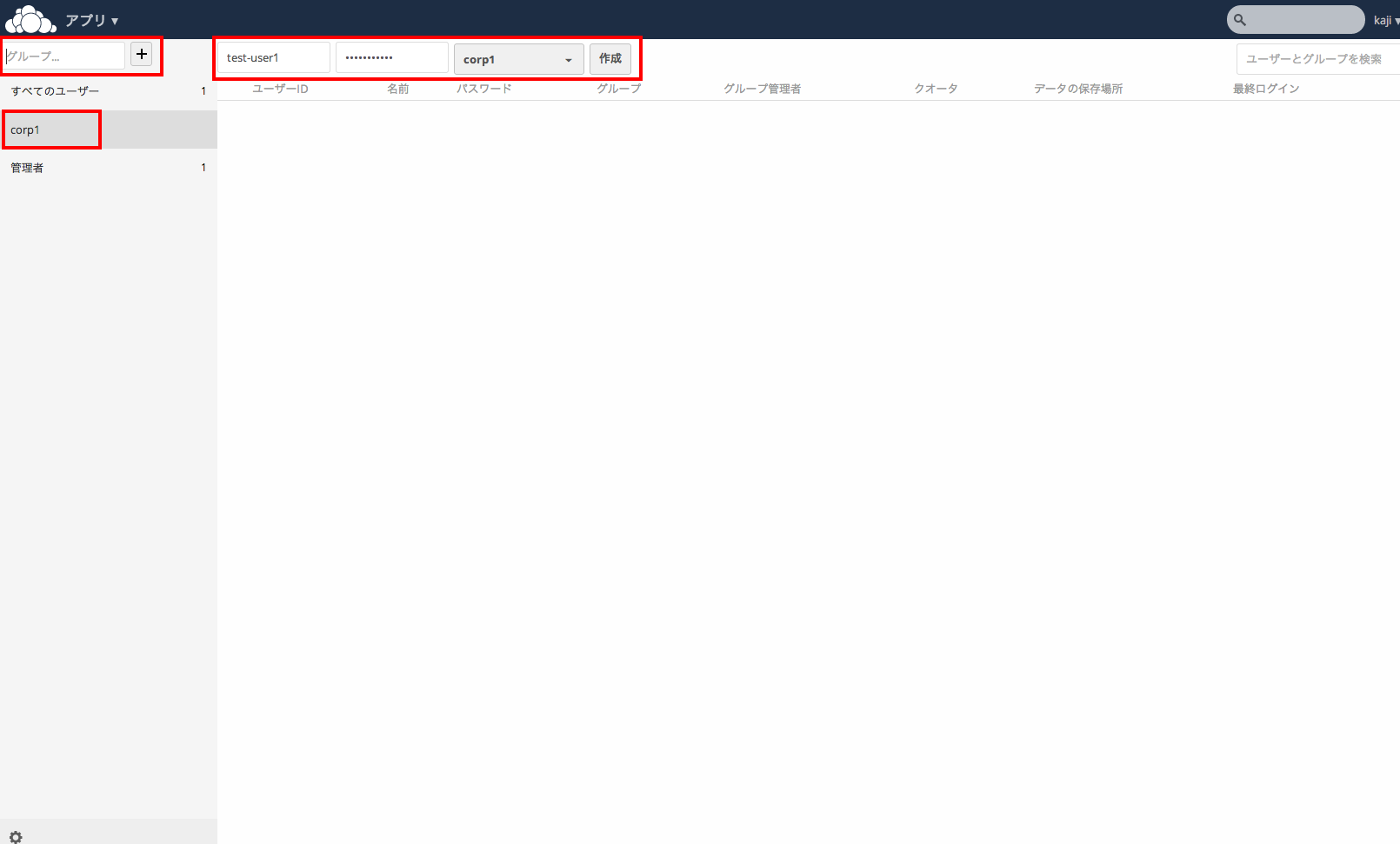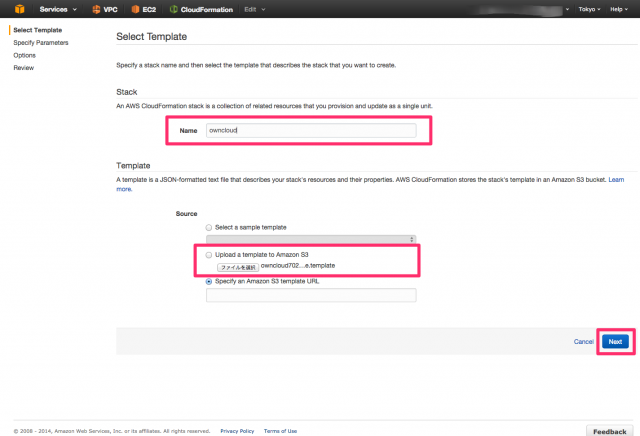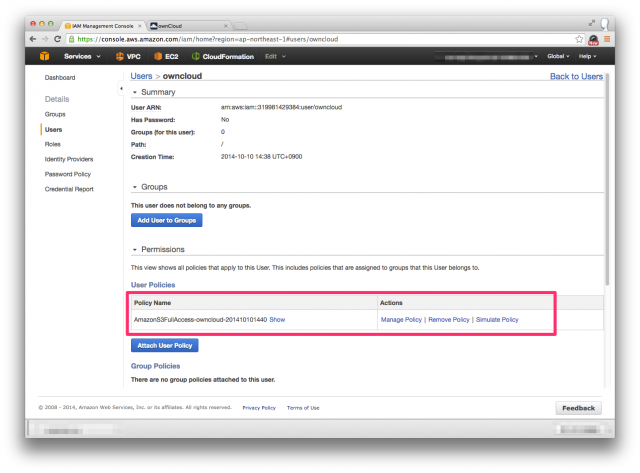

- #Bitnami owncloud enable ssl install#
- #Bitnami owncloud enable ssl verification#
- #Bitnami owncloud enable ssl code#
You still must configure your web server to use this certificate and setup HTTPS redirection. Only the certificate installation and renewal setup is complete. echo "30 0,12 * * * root python -c 'import random import time time.sleep(random.random() * 3600)' & certbot renew -pre-hook 'service apache2 stop' -post-hook 'service apache2 start'" | sudo tee -a /etc/crontab > /dev/nullĥ.
#Bitnami owncloud enable ssl code#
Replace the code and stop-start command according to your web service.

The following example uses Apache2 as the web service. In this case, you must configure the renewal manually by running the following command. If the Linux distribution is Amazon Linux 2 or FreeBSD, then the Certbot package isn't installed using snapd. Sudo chmod 755 /etc/letsencrypt/renewal-hooks/*/webservice.sh Sudo sh -c 'printf "#!/bin/sh\n service apache2 start \n" > /etc/letsencrypt/renewal-hooks/post/webservice.sh' sudo sh -c 'printf "#!/bin/sh\n service apache2 stop \n" > /etc/letsencrypt/renewal-hooks/pre/webservice.sh' To set up this automation, run the following commands. However, because the web service must be stopped before running the Certbot command, you must automate stopping and starting web service. If the certbot package is installed using snapd, then the renewal is configured automatically in systemd timers or cronjobs. NGINX web service sudo service nginx start The following are example commands for different Linux distributions:Īpache web service in Linux distributions such as Amazon Linux 2, CentOS, and so on sudo service httpd startĪpache web service in Linux distributions such as Ubuntu, Debian, and so on sudo service apache2 start Save these file locations to a notepad for use in step 5.ģ. The certificate and key file locations are also provided.

sudo certbot certonly -standalone -d -d After the SSL certificate generates successfully, you receive the message "Successfully received certificate". Make sure to replace with your domain name.
#Bitnami owncloud enable ssl install#
Run the following command to install the SSL certificate. NGINX web service sudo service nginx stopĢ. The following are example commands for different Linux distributions:Īpache web service in Linux distributions such as Amazon Linux2, CentOS, and so on sudo service httpd stopĪpache web service in Linux distributions such as Ubuntu, Debian, and so on sudo service apache2 stop Stop the web service running in your instance.

For installation instructions, see How do I install the Certbot package in my Lightsail instance for Let's Encrypt installation?ġ. Note: This method requires the installation of the Certbot tool first.
#Bitnami owncloud enable ssl verification#
For the certificate verification to complete, make sure that the website URL doesn't return errors from the load balancer or distribution in the web browser.


 0 kommentar(er)
0 kommentar(er)
